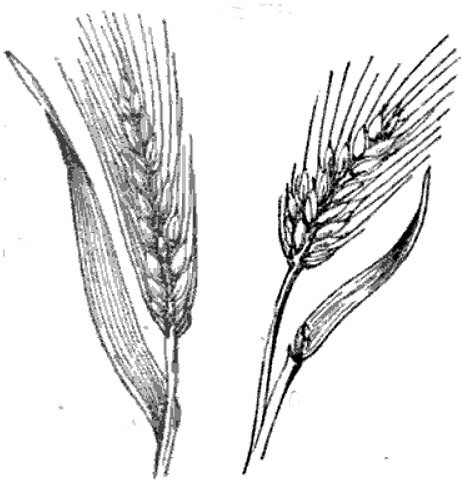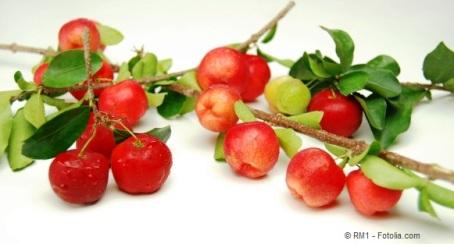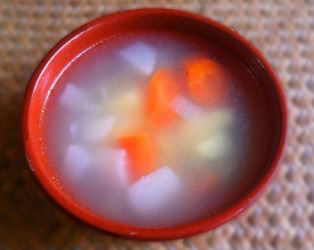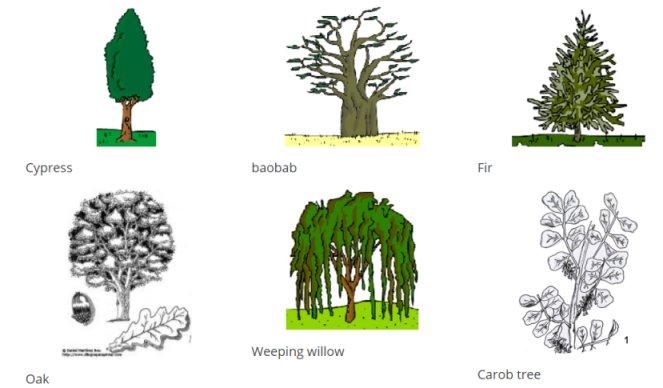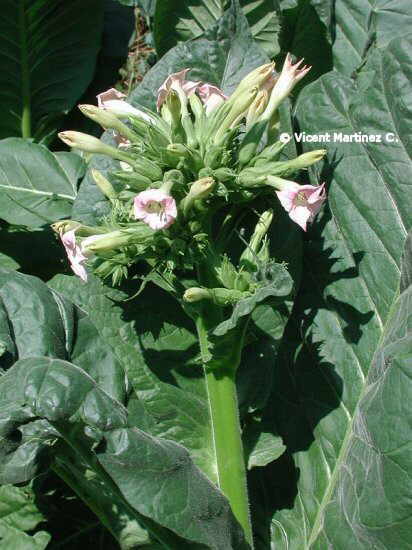How to grow apple cactus (Cereus peruvianus monstruosus)
Characteristics of apple cactus
Cereus peruvianus is a perennial succulent plant from cacti family up to 15 meters high at their place of origin, about 8 m in most specimens planted in the ground. Erect stems with abundant side branches, bluish green, more gray as they become older. 6 to 8 ribs, up to 2.5 cm deep.
Rounded brown areolas; Superior ones with a more abundant hairiness, From these thorns are born, 6 of them in a circle and one in the center, longer and more acute
White flowers up to 16 cm in length. It blooms in summer when the plant has reached 5 or 6 years. Flowers open at night.
It is native to Peru and it grows naturally in desert terrains of Peru, Brazil and Argentina.
Species and varieties of apple cactus
There are 25 species of cereus, characterized by elongated and vertical, candle-shaped form Stems bluish. Large showy flowers that open at night.
Among all species, Cereus peruvianus stands out being the “monstruosus” variety the most widely used
There are three main varieties of the species Cereus peruvianus:
- Cereus peruvianus, which is the one described above
- Cereus peruvianus “fairy castle” variety that has only four sides but with many more branches.
- Cereus peruvianus var. “Monstruosus“ which is a variety with twisted ribs that give the plant a monstrous appearance
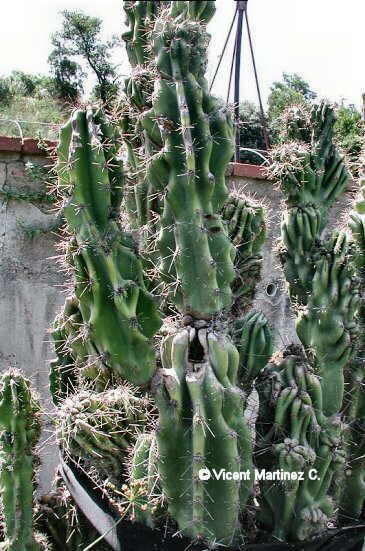
Photo of apple cactus (Cereus peruvianus var. Monstruosus = Cereus uruguayanus var. Monstruosus)
Cereus peruvianus: Irrigation
Cereus, like the rest of cactus, can long endure without irrigation. However, in times of growth it is better to water it. When planted directly on the ground, it is best to water in abundance once a month than water it less and more often.
Planted in pots it should be watered twice a month during the spring and summer.
In winter, irrigation should be done infrequently. At low temperatures it is best to stop watering.
Cereus peruvianus uses
- A gardening plant: Apple cactus can be used as a garden plant in dry and warm places. In pots, it should be keep indoors in cooler areas.
- A remedy for electromagnetic pollution : It is said that, placed next to a computer, a television, a microwave or any electrical appliance, apple cactus manages to absorb the electromagnetic field produced by these electronic devices. Continuous electromagnetic fields are harmful to health by the accumulation of radiation.
Among the main anomalies that can originate in the human body there are the following: insomnia, headache, lack of sexual desire, bad formations in the fetus with the highest rate of abortions, loss of vision, cardiovascular problems, irregularities in the period, fatigue, behavioral changes with increased irritability, body aches, decreased immunity, increased likelihood of cancer by changes in the genetic code of cells, etc.
Some scholars in Geobiology consider placing a cactus of about 40 cm of the species Cereus next to a source of electromagnetic radiation can neutralize this field peruvianus so beneficial to health. For this reason it is known popularly as “Cactus Computer”
The absorbency of radiation depends on the total Cactus surface, therefore cacti six-sided absorb more than those with 4 sides. Variety Cereus peruvianus “fairy castle”, it can absorb a high amount. Although it only has 4 sides, it has many branches, so that the total area of this variety of Cereus is high.
Because of this property, in many countries apple cactus is commonly know as “computer cactus”
Climate and location of Cereus peruvianus
Adult specimens must be grown in the sun. When they are young, it is best to place them in partial shade.
Apple cactus prefers hot places, although it can withstand temperatures a few degrees below zero if the soil is dry.
In winter they must have a rest period of dry cool weather (10 ° C) Not to give these conditions, it is difficult for flowering to occur in the early spring.
Cereus peruvianus: Propagation, transplanting, soil and fertilization
Propagation is done by cuttings in summer or spring.
It can be reproduced by seed, although this process is slower. To make this possible, sow the seeds in a seedtray with sand sheltered during the month of March. Then, transplant the seedlings in its final location. For the plant to reach about 50 cm high, it should be grown at least a couple of years.
If you want to reproduce it by cuttings, cut a piece of stem containing a bud and cauterize the wound by dipping the cuttings in very cold water. Subsequently, introduce the cuttings in a bed of slightly damp sand. When there is rooting, it can be transplanted into its final place.
Once it has been developed as a grown-up plant, under appropriate conditions, it is a very fast-growing cactus that can increase between 20 and 60 cm every year.
As all cactus (See the cultivation of cacti in the listing below) it prefers light soil, loose and slightly fertilized with good drainage. A mixture of 1 part of sand and three parts of soil for cactus could be the ideal. If grown in pots, it should be transplanted every 2 or 3 years.
Once a month, from May to September, it should be applied with liquid fertilizer for cacti.
Cereus peruvianus: Diseases
The main diseases that can develop this cactus are fungi, especially in spring when the humidity or soil is abundant and when the temperature difference between day and night are high. To prevent its occurrence, it is best to perform preventive treatments in early spring with a systemic fungicide.
The main pests that affect it are aphids and scale insects during the spring, therefore, at the end of winter, it is important to carry out fumigation with a broad spectrum insecticide.
* Related Information: A computer cactus takes nearly 40 years to bloom
![]() More information about plant cultivation.
More information about plant cultivation.

